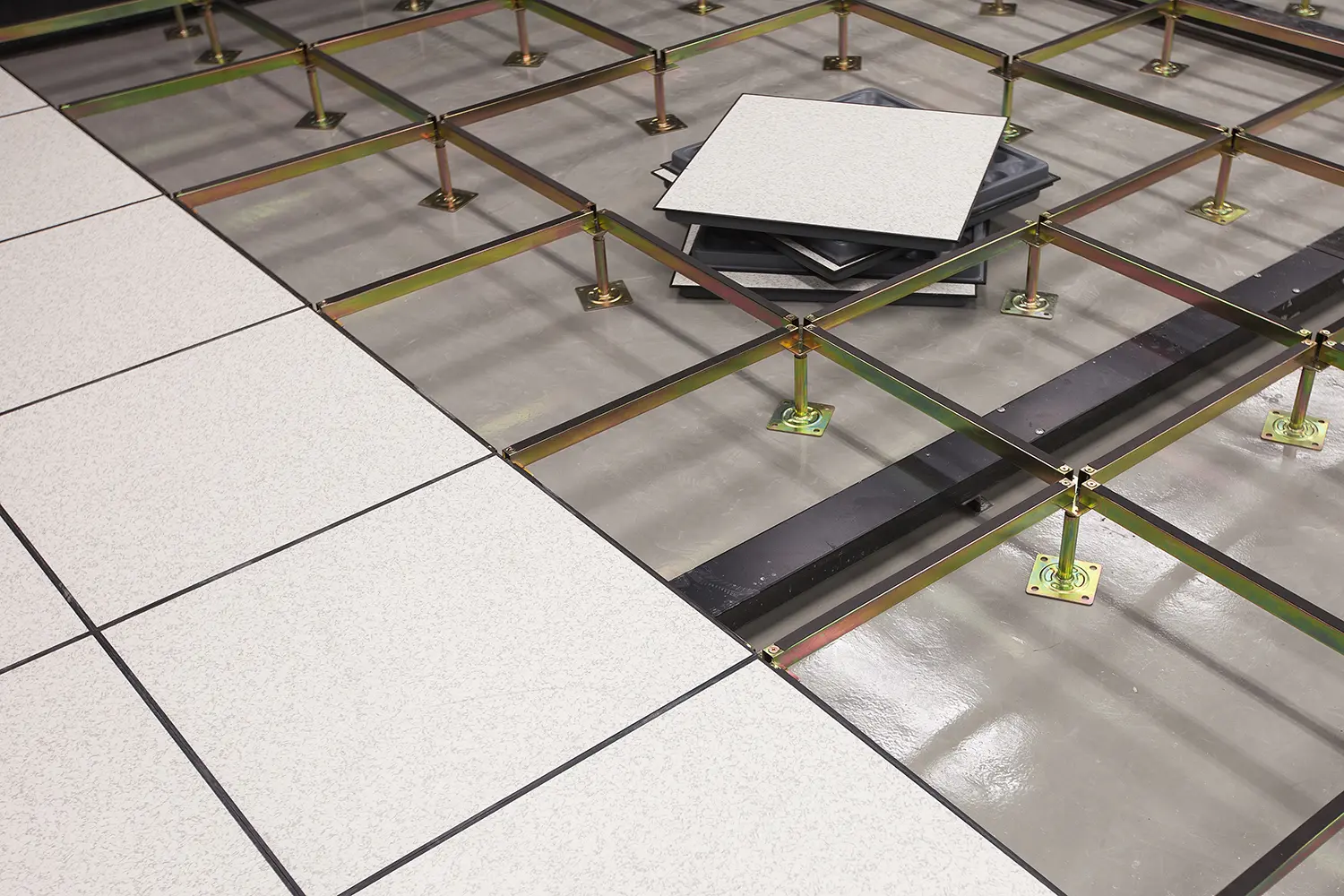
Image Source: Google
When it comes to home design, the floors play a crucial role in shaping the overall aesthetic and functionality of a space. While traditional flooring options like hardwood, tile, or carpet are common choices, have you ever considered taking your home design to new heights with raised floor solutions? Raised floors, also known as access floors or elevated floors, offer a versatile and innovative way to enhance the look and feel of your home. Refer Link: https://www.bspfloors.com/
Benefits of Raised Floor Solutions
1. Enhanced Aesthetics
- Raised floors can add a modern and sleek look to any room, creating a visually appealing space.
- They come in a variety of materials, colors, and textures, allowing you to customize the design to suit your style preferences.
- The elevated platform creates a unique visual element that can make a statement in your home.
2. Improved Functionality
- Raised floors provide ample space underneath for hiding cables, wires, and other electronic components, helping you maintain a clean and organized living area.
- They offer easy access to utilities such as plumbing and HVAC systems, making maintenance and repairs more convenient.
- You can integrate lighting fixtures, heating elements, or even storage compartments into the raised floor design to maximize functionality.
3. Enhanced Comfort
- Raised floors can be designed with underfloor heating systems, providing cozy warmth during the colder months.
- The elevated platform can act as a natural insulation layer, keeping the floor warmer and more comfortable to walk on.
Popular Raised Floor Materials
1. Wood
- Wood-raised floors add a touch of elegance and warmth to any room.
- Popular options include oak, maple, and cherry, each offering unique grains and colors to complement your interior design.
- Wood floors are durable and easy to maintain, making them a practical choice for high-traffic areas.
2. Tile
- Tile-raised floors are versatile and come in a wide range of colors and patterns to suit any decor style.
- They are water-resistant and easy to clean, making them ideal for kitchens, bathrooms, and outdoor spaces.
- Tile floors are long-lasting and can withstand heavy furniture and foot traffic without showing signs of wear and tear.
3. Composite Materials
- Composite raised floors combine the benefits of different materials, such as wood fibers and plastic, to create a durable and low-maintenance flooring option.
- They are available in various finishes and textures, mimicking the look of natural materials like wood or stone.
- Composite floors are eco-friendly and resistant to moisture, making them suitable for areas prone to spills or humidity.
Design Ideas for Raised Floors
1. Sunken Living Room
- Create a cozy and intimate seating area by lowering the floor level in your living room with a raised platform.
- Add cushions, rugs, and low furniture to enhance the comfortable ambiance of the sunken space.
- Install recessed lighting around the perimeter of the raised floor for a soft and inviting glow.
2. Kitchen Island Extension
- Extend your kitchen island with a raised platform to create additional seating or workspace.
- Use the elevated floor as a breakfast bar or dining area, making it a versatile and stylish focal point in your kitchen.
- Incorporate built-in storage cabinets or shelves underneath the raised platform for added functionality.
3. Multi-level Bedroom
- Divide your bedroom into different levels by installing a raised floor platform for the bed area.
- Create a sense of separation and privacy between the sleeping space and other areas of the room.
- Add built-in lighting fixtures or bedside lamps on the raised floor for a cozy and stylish bedroom design.